LCD TVs: what it is, service life and choice
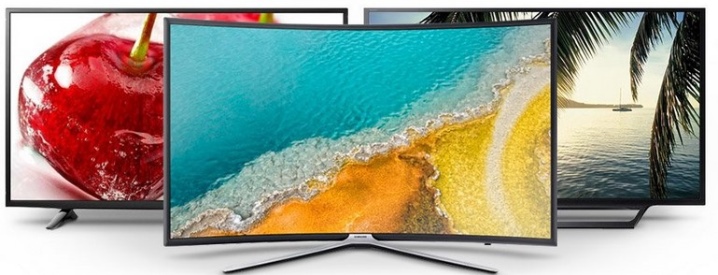
LCD TVs have confidently taken their well-deserved place in the consumer market. Tube TVs are practically a thing of the past. The market for LCD TVs is saturated with such a variety of models that it is often difficult for a consumer to navigate in the correctness of his choice.

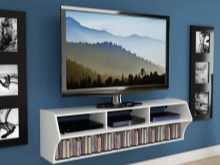
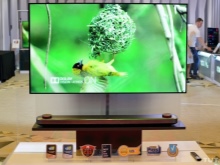
What it is?
Now there are 4 main technological lines for the production of televisions, and each of them has its own history of development, its beginning and end.
- CRT line. Their further development and release stopped for technical reasons - the lack of prospects for increasing the screen size and improving the quality of the resolution. Further development of high-definition picture tubes has become economically unprofitable.
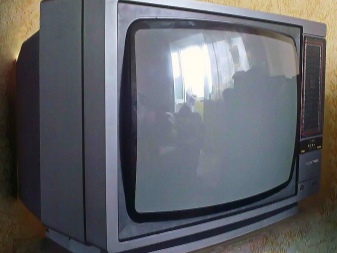
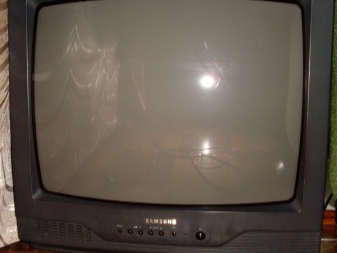
- Plasma TV sets have become a confident and promising alternative to CRT. Unlike the first technology, they had a large display diagonal, a higher level of resolution, bright color, good picture depth and the ability to place them on the wall. In a constructive sense, the "plasma" panel consisted of two glass plates with microcapsules or cells located between them, filled with inert gases and a phosphor. Under the influence of the required voltage, the filler passed into a plasma state, and the gas mixture began to glow in a controlled manner. In those days, plasma devices were expensive and high in power consumption. The high temperature mode of operation of the devices soon led to the depletion of cells, and a "residual silhouette" appeared.
For these and some other reasons, the production of plasma devices has practically ceased.
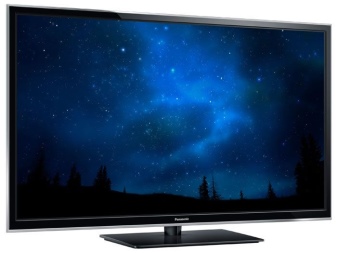
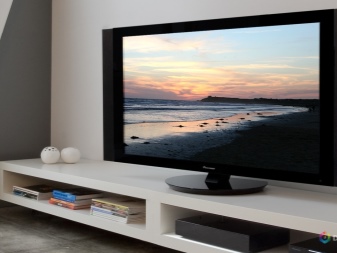
- LCD liquid crystal devices (CCFL, EEFL or LED) marked a milestone in the development of display technologies, including an LCD grating, color filters, special protective coatings, and most importantly, a light source.
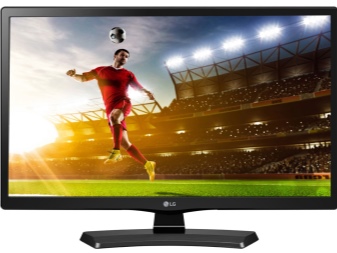
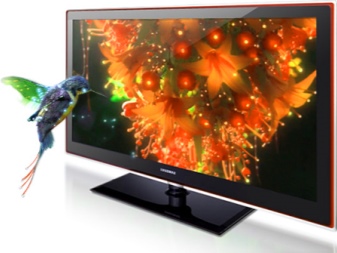
- The fourth line of display evolution that continues to evolve is OLED backlit LED panels.
This significant difference largely determined the prospects for the development of this particular technological line.
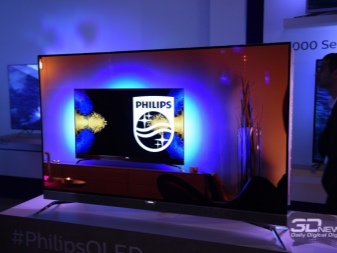
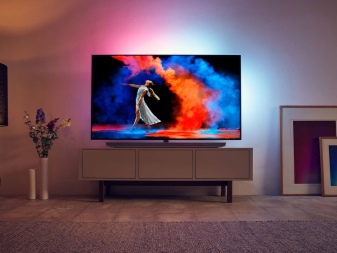
Device and principle of operation
Fundamentally, the operation of LCD screens differs from plasma analogs in that electrical impulses are supplied through a special LCD medium located under pressure between two boards. Structurally, the specified medium consists of small twisted crystals that can predictably respond to the effect of current, changing the level of light transmission. Such a display is designed in such a way that it is able to switch between different shades of the entire gray range, starting with dark ones. The crystals themselves do not represent sources of light or color - this substance must be translucent. The light, passing through it, must fall on special light filters.
Initially, a typical cold cathode lamp (CCFL) was used as the light source. Later - EEFL type lamp. These devices were already flatter. These models "suffered" from some drawbacks, for example, the inability to obtain local dimming in one area of the display and increase the brightness in another, etc.
At the end of the 20th century, LEDs began to be used to illuminate LCD matrices, replacing more dimensional lamps. In other words, LCD / LED-displays with LED backlighting (light-emitting diod - LED) appeared on the market.
It is in this abbreviation that the main difference from the original version of the LCD consists.
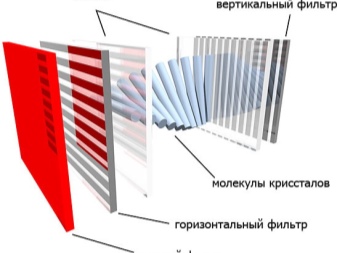
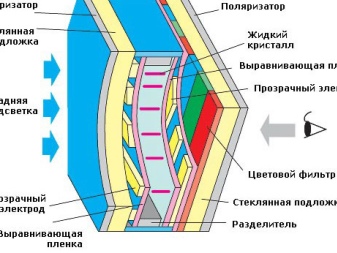
New technologies have made it possible to more "point", which means more uniform change in the degree of brightness of screen areas, to obtain a higher level of contrast and color quality. Significant advantages of LED technologies are their small dimensions, weight, as well as the minimum level of power consumption - the devices have actually become thin (2-3 cm), lightweight and less energy-consuming (power consumption has decreased by 35-40%).
The advent of OLED panels marked a change in design and telematrix itself. The use of organic light-emitting diodes has led to the fact that there is no need for LCD gratings and light filters, since it became possible to place 3-4 LEDs in any pixel of the screen. In this case, each of them could give out light in red, green and blue (RGB), and possibly in white spectra. The mixing of the main colors created numerous high-quality shades on the display.
In this sense, OLED models are more appropriate to compare with plasma devices, since any "plasma" cell, in fact, is an independent source of light and color, like a pixel in an OLED panel.
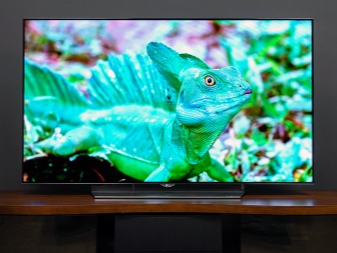
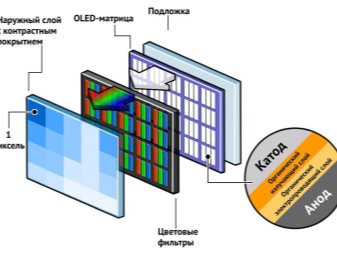
Advantages and disadvantages
LCD technologies are based on liquid crystals placed between the walls of polymer plates. The crystals arranged in this way create a matrix with a significant number of pixels, and a special way of illumination gives a glow, while the RGB matrix forms chromaticity.
The emergence of LCD devices may well be considered the main reason for the withdrawal from the CRT market.
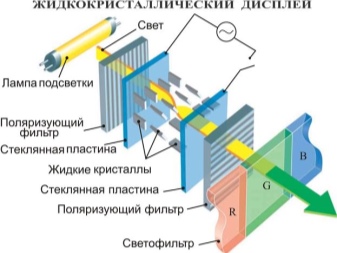
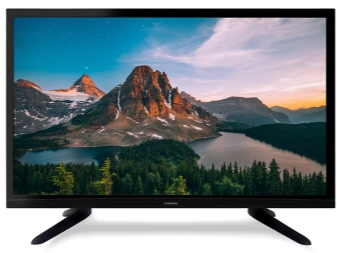
We will carry to their pluses:
- incomparably lower energy consumption;
- no static voltage;
- comparatively small display configurable in full hd mode;
- low cost;
- small, and today we can say - very low weight.
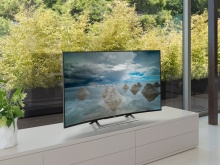
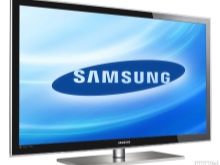

Minuses:
- the contrast level is slightly worse than that of plasma samples and LEDs;
- relatively small viewing angle;
- not quite a sufficient level of black depth and contrast;
- the only "standard" display resolution mode;
- the time for changing images is not up to the mark.
The pros and cons vary from model to model, depending on price and brand. So, eminent manufacturing companies demonstrate excellent contrast and a number of other significant parameters. Inexpensive models have significantly aggravated disadvantages, including their service life. In general, LCD devices are in operation for up to 8-10 years.
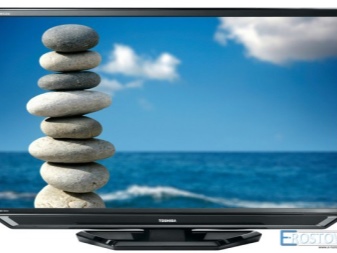
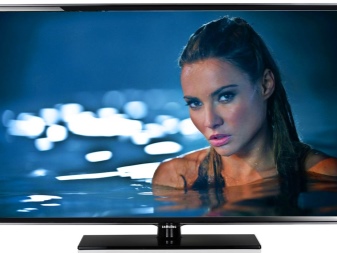
LED-models began to be actively distributed since 2010. In fact, these are LCD TVs, but with certain additions and changes. This applies primarily to improved backlighting. Due to this, the brightness of the picture and the quality of color reproduction are increased. In terms of the main indicators, LED technologies are ahead of LCDs, including in terms of energy consumption.
Note that the presence of the advanced backlighting of the display does not make it the undisputed leader. Image quality largely depends on the brand and the latest technologies introduced by the manufacturer.
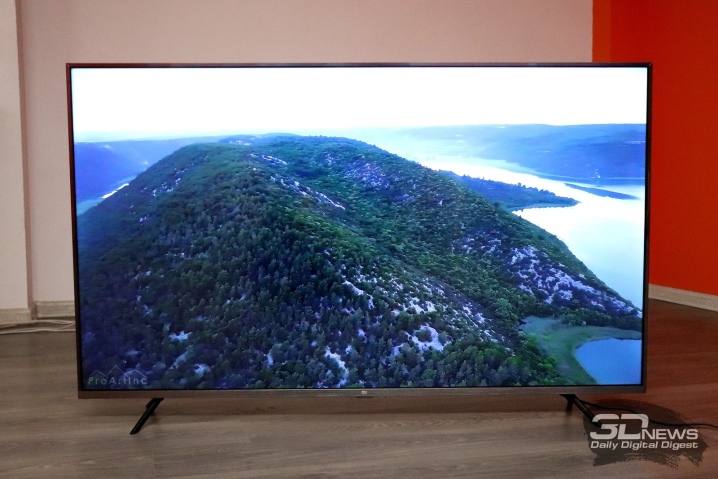
The advantages of these models:
- high parameters of brightness and clarity of the image;
- excellent color reproduction and contrast level;
- at the 4K resolution level, the image is of excellent quality and volume.
Minuses:
- relatively small viewing angle;
- high cost.
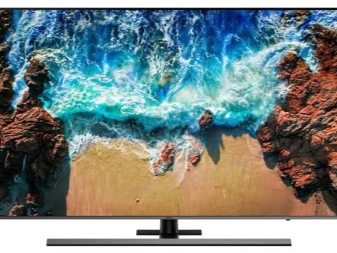
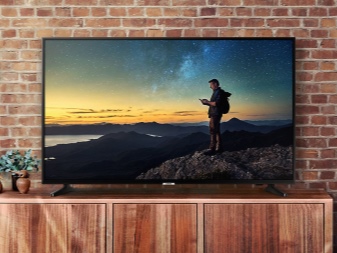
In the case of LED TVs, it is worth mentioning a noteworthy nuance that has, rather, a marketing meaning. The fact is that in most stores, LED models refer to typical LCD devices with LED backlighting. In fact, pure LED displays are produced using slightly different technologies, in which each individual cell is illuminated by its own LED. One of the first such devices appeared in 1977, but it did not receive truly mass distribution.
The crux of the matter is that it is difficult to make even a small product with tens of thousands of LEDs at an acceptable cost. Although large in size, similar devices are common in the field of outdoor advertising.
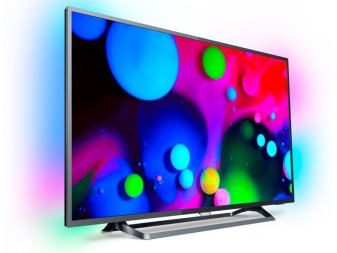

Views
The order and technology of backlighting is determined by two types of LCD devices (LCD / LED): Direct LED (backlighting) or Edge LED (backlighting from the ends). The first option is a way of highlighting, when the highlighted elements are located behind the matrix, occupying the entire area of the container. The diodes are located in special reflector cartridges, which are attached to special brackets.
The even illumination of the LCD grille is provided by a special diffuser, and the heat is dissipated by the radiator. The installation of such ancillary equipment increases the thickness of the device by about 2 cm. At the same time, especially in cheap models, the screen brightness level slightly decreases. However, the level of power consumption is also falling.
In addition, an excellent color spectrum and color rendition are preserved when backlit, and the brightness of each diode can be adjusted separately.
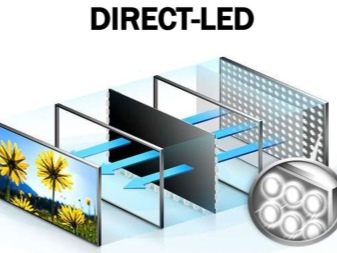
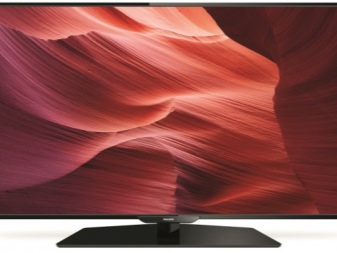
The second option is Edge LED - assumes the placement of diodes on the side surfaces of the light distributor... Lateral placement of the backlight assumes the presence of a reflective substrate designed to distribute light evenly across the matrix. Most of these devices come with a local dimming function. Nevertheless, its algorithms in inexpensive devices are poorly developed and may not function entirely correctly.
Thus, the way of backlighting around the perimeter of the display gives a good level of brightness and contrast, reduces the thickness of the panel, but contributes to an increase in power consumption.
This kind of backlighting is popular in small diagonal LCD / LED devices.


Dimensions (edit)
Externally, the TV sets described are similar: the body parts are thin (from a few centimeters to several millimeters), and the weight of the products is small. Note that LCD screens come in a wide range of sizes - up to 100 inches. Some samples of LED-screens are produced and more than 100 inches diagonally. The mass segment of LCD products, as a rule, is sold with diagonals from 32 to 65 inches (less often 22 inches or 50 inches). With an increase in the diagonal of the screen, the labor intensity of the production of matrices naturally grows, and, consequently, the cost of the device.
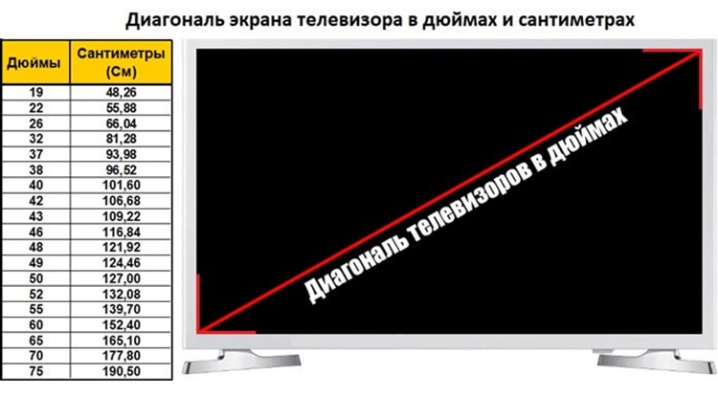
For a "plasma", a significant diagonal is not a problem. It is for this reason that their one-size LED counterparts are cheaper. However, the production of plasma panels less than 32 "is technologically more difficult, so the production of such devices starts from 40".
The main parameters of screens that characterize the quality of the picture are: the degree of contrast, brightness and color rendition.
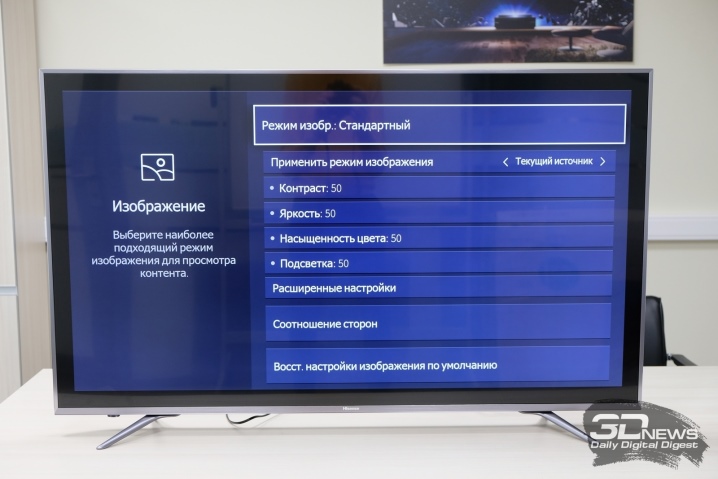
Manufacturers
Let's take a look at the most popular brands that consistently rank high in the ratings.
- Shivaki - brand models have proven themselves in the domestic and other markets due to their good quality, reliability and long service life.
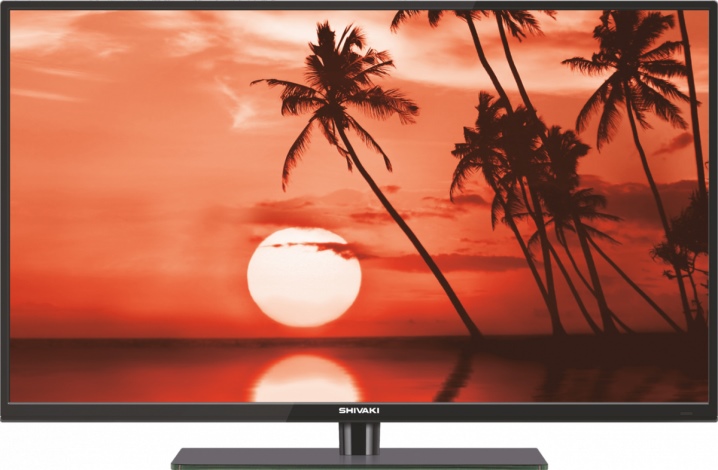
- TCL - manufactures various types of television sets (plasma, LCD, LED). The products are of good quality and reasonable prices.
For example, a budget but decent model TCL LED32D2930.

- Samsung - among the products of this company there is a large number of high-quality and reliable LED devices.
Nowadays the Samsung UE40MU6100UXRU model is especially popular.

- Lg - the overwhelming majority of LED products under this brand have a high level of quality, long service life and excellent "modern" design.

- Mystery - among the widest assortment of this company there are many inexpensive and high-quality devices of various types.
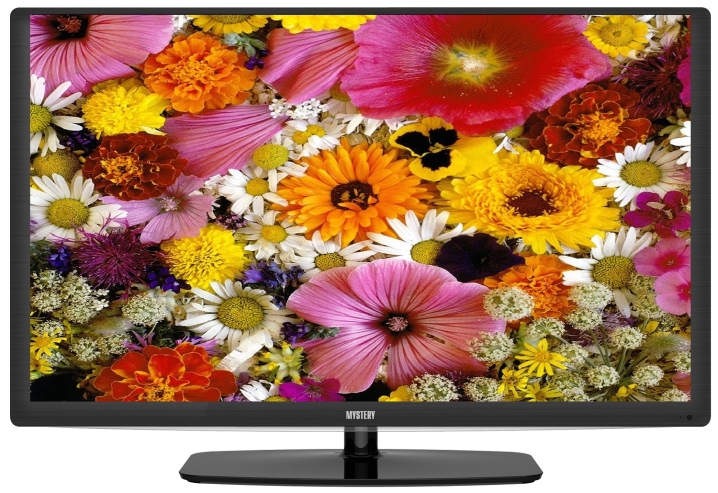
Life time
Speaking about the service life of television equipment, it is worth keeping in mind the legal aspect of this parameter. So, if the instructions do not indicate the period of operation of the LCD device, then according to the relevant legislation protecting the rights of the consumer, this period is 10 years... The crux of the matter is that often the manufacturer arbitrarily underestimates this parameter, justifying such a measure by the inexpediency of repair (the cost of repair is often equated to the cost of a new device).
On average, LCD devices with an LED panel can last about 30,000 hours. In fact, according to the reviews of buyers of equipment, it can last about 5 years, and advanced-level models - 7 years or more.
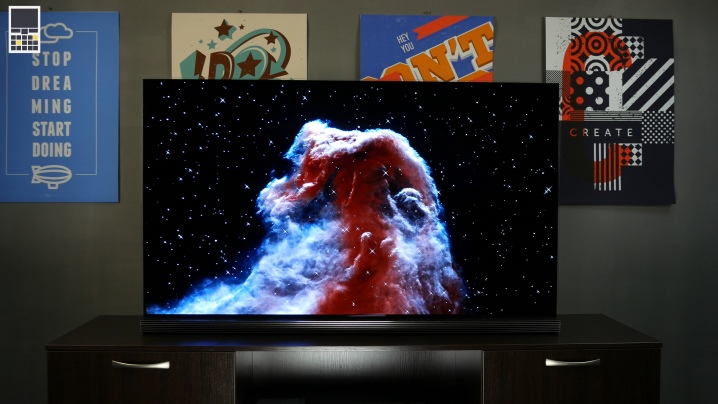
Plasma devices in these cases noticeably outperform LCDs, their panels last up to 100,000 hours. However, there are pitfalls here as well - plasma TV sets consume 3-4 times more electricity, and the screen resolution parameter of the "plasma" is lower, respectively, the levels of clarity and detail are lower. In other words, when choosing a specific device, you always have to sacrifice something.

How to choose?
The only correct answer, which type of TV is best for a particular occasion, probably does not exist. If you are planning to watch a movie in a small room, in the kitchen, and occasionally use a TV as a monitor for a PC, then, most likely, you should take a closer look at LCD devices. Large plasma is quite suitable for a spacious dark room. For perfect picture quality, it is better to spend money on an LED model.
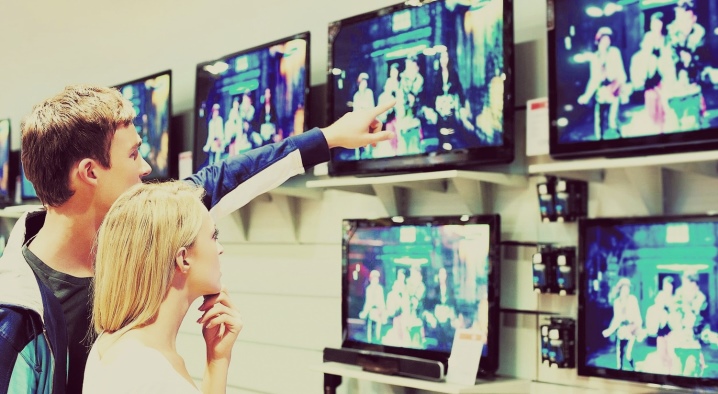
When choosing an LED TV, we recommend that you take into account a number of recommendations.
- About screen diagonals. The optimal size should be calculated on the basis that the estimated distance from the viewing place to the LED product is divided by three, the resulting size will correspond to the size of the diagonal.
- The best screen resolution, albeit expensive, will come from an Ultra HD LED device.
- Image quality should be selected based on personal preference through comparison.
- The glossy finish of the screen is more contrasting and brighter. However, this is not a suitable choice for a bright and sunny room (there will be glare). The matte finish makes the image less contrasting, but it does not glare.
- The currently popular format is 16: 9, suitable for both digital and satellite television. 4: 3 is suitable for cable ducts.
- The more tuning options a model has, the more convenient it is.
- Modern LED TVs are often equipped with many additional functions, which are often not particularly needed (voice control, wi-fi, built-in router). It is worth deciding whether you need extra "bells and whistles".
- It is better to purchase a TV that has HDMI, USB ports for connecting other devices. Check if the connectors are conveniently located and not difficult to access.
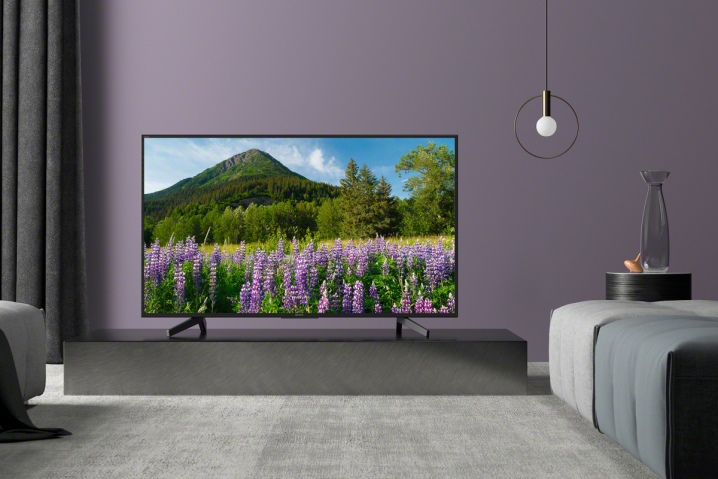
Exploitation.
- We do not recommend installing devices near heating elements, especially if it is a plasma version.
- Do not wipe the TV product, especially the screen, with ordinary rags; you should use special fabrics, napkins, brushes or pears.
- We recommend that you clean the device at least once a year.
- The storage temperature of the device has its own limitations depending on its type. LCD monitors can be operated at a temperature of + 5- + 350, and stored in frost with parameters not lower than -100. A significant part of LCD displays in cold weather quickly fail.
- It is better to install the device at home on legs, so less dust gets into it.
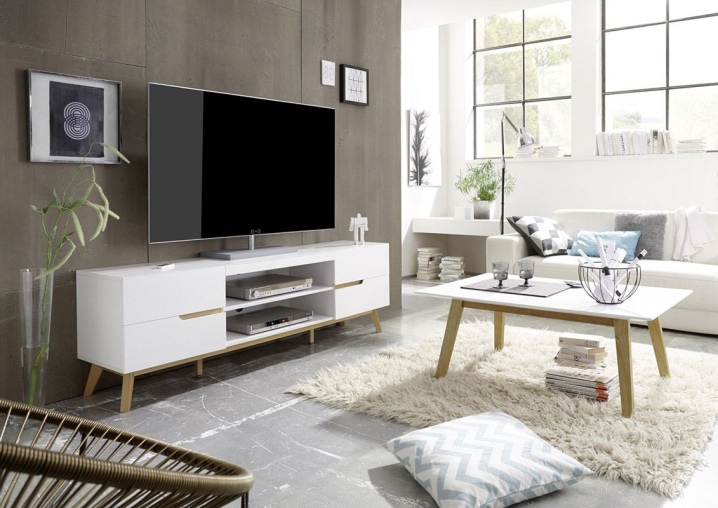
Trouble-shooting
Typical faults encountered by LCD TV users in a workshop involve four main elements:
- matrices;
- power supplies;
- backlight unit inverters;
- motherboards.
Assembly diagrams of modern color television sets allow, as a rule, to quickly replace faulty elements, which ensures reliable operation of the device after repair.
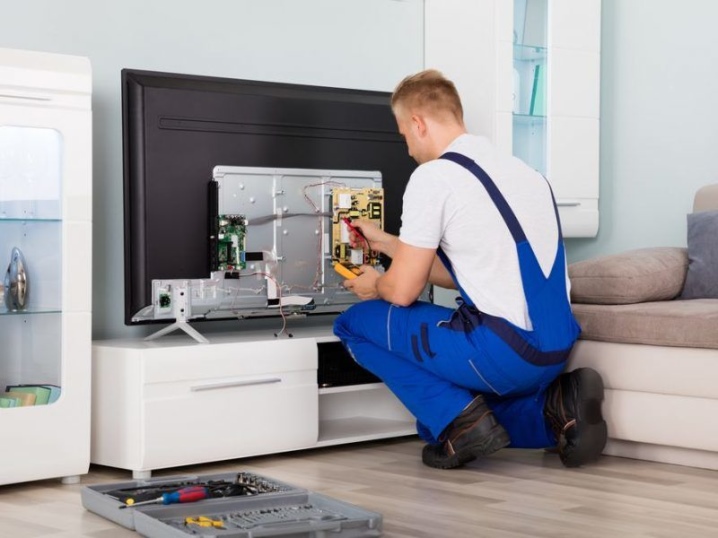
Display stains (white, dark, black or light shades) can be caused by several reasons.
- When purchasing, you should check the product carefully. Mechanical damage - impact or hard pressure - can lead to stains on the screen. In this case, the so-called broken pixels can spread beyond the defect site. Special tools available in workshops allow you to identify and fix faulty pixels.
- Air and moisture penetration into the screen due to improper transportation of the device or its use. This can be caused by improper transportation or equipment maintenance.
- High temperatures can negatively affect the matrix, leading to delamination and staining.
- The darkening of a part of the screen, the appearance of a darkened strip is usually caused by the failure of the LED backlight strips. Because LEDs lose their original quality over time.
- The appearance of a vertical stripe indicates malfunctions of the matrix loop. Ripples, screen flickers, and distortions also indicate its breakdown. The width of the strip can reach several centimeters, and its color is different (black, red, etc.).
- The indicator lights up red (constantly or blinks) - an error in the selection of the mode or the plugs are incorrectly connected. Possible malfunctions in the control panel - it is worth replacing the batteries.
- There is sound, but there is no image - there can be many reasons, we recommend contacting the wizard.

Faults in the power unit often occur due to sudden changes in the mains voltage. We recommend using a voltage stabilizer. Other symptoms of faulty power supplies:
- the screen does not turn on (off);
- the work indicator either does not light up or flickers;
- the device starts up normally, but after a while the screen goes blank.
It is possible to accurately diagnose the type of breakdown only in a workshop. The first thing to do is to check the fuses and, if they are faulty, replace them.
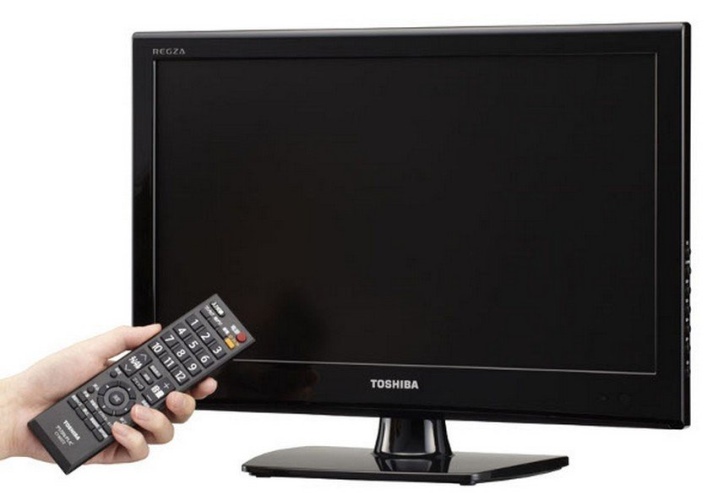
The inverters of the backlight units should be checked if a dim or blank screen appears when turned on, the color has changed. Inverters are common sources of problems that can arise during LCD backlighting as they help to turn it on. Integral signs of inverter failure are:
- dark screen;
- "Noise" at the bottom of the screen.
It is possible to replace the inverter board yourself if you have special technical skills.
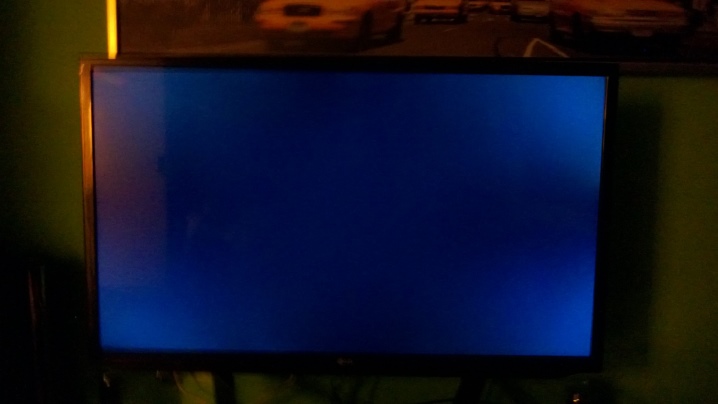
The motherboard provides a general response to management commands, TV reception and transmission, special settings and other options. That's why, if you find:
- interference on the display;
- slow response of the device to management commands;
- breakdown of the entrance / exit;
- difficulties in settings or other difficulties, it is quite possible that the DC convector is faulty or there is a software failure of the device.
Malfunctions associated with breakdowns in the motherboard often occur. They are often fixable, with little cost.
You can remove scratches from the display using commercially available Novus Plastic Polish or Displex Display Polish. For minor damage, use petroleum jelly or isopropyl alcohol.


Review overview
Since about 2007, LCD TVs have been the most sold type of television set. This is confirmed by both sales practice and numerous positive user reviews. LCD devices, according to consumers, provide, first of all, a high-quality image, the possibility of an optimal choice in terms of dimensions. The TV receivers produced today are very reliable, and the developed service system repairs the devices quite quickly and with high quality, since it is not difficult to replace and restore faulty elements.
Most importantly, the line continues to be continuously improved through the use of new signal processing technologies and fabrication of structural elements.
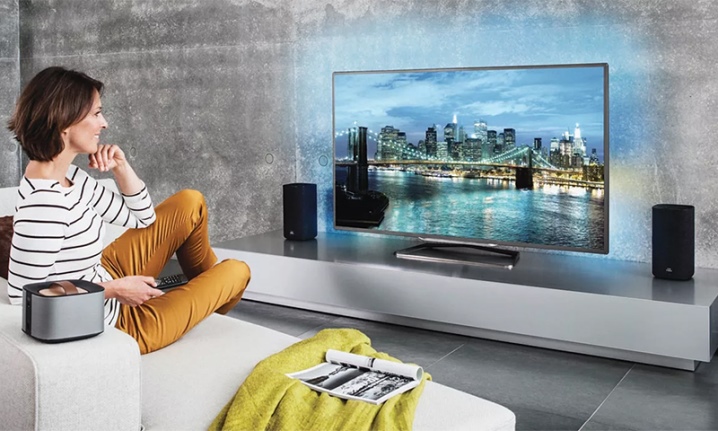
For information on how to choose a TV, see the next video.













The comment was sent successfully.